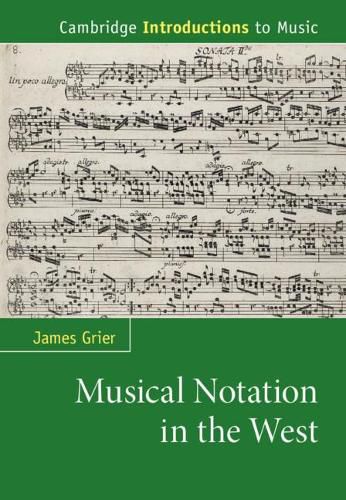Readings Newsletter
Become a Readings Member to make your shopping experience even easier.
Sign in or sign up for free!
You’re not far away from qualifying for FREE standard shipping within Australia
You’ve qualified for FREE standard shipping within Australia
The cart is loading…






Musical notation is a powerful system of communication between musicians, using sophisticated symbolic, primarily non-verbal means to express musical events in visual symbols. Many musicians take the system for granted, having internalized it and their strategies for reading it and translating it into sound over long years of study and practice. This book traces the development of that system by combining chronological and thematic approaches to show the historical and musical context in which these developments took place. Simultaneously, the book considers the way in which this symbolic language communicates to those literate in it, discussing how its features facilitate or hinder fluent comprehension in the real-time environment of performance. Moreover, the topic of musical as opposed to notational innovation forms another thread of the treatment, as the author investigates instances where musical developments stimulated notational attributes, or notational innovations made practicable advances in musical style.
$9.00 standard shipping within Australia
FREE standard shipping within Australia for orders over $100.00
Express & International shipping calculated at checkout
Musical notation is a powerful system of communication between musicians, using sophisticated symbolic, primarily non-verbal means to express musical events in visual symbols. Many musicians take the system for granted, having internalized it and their strategies for reading it and translating it into sound over long years of study and practice. This book traces the development of that system by combining chronological and thematic approaches to show the historical and musical context in which these developments took place. Simultaneously, the book considers the way in which this symbolic language communicates to those literate in it, discussing how its features facilitate or hinder fluent comprehension in the real-time environment of performance. Moreover, the topic of musical as opposed to notational innovation forms another thread of the treatment, as the author investigates instances where musical developments stimulated notational attributes, or notational innovations made practicable advances in musical style.